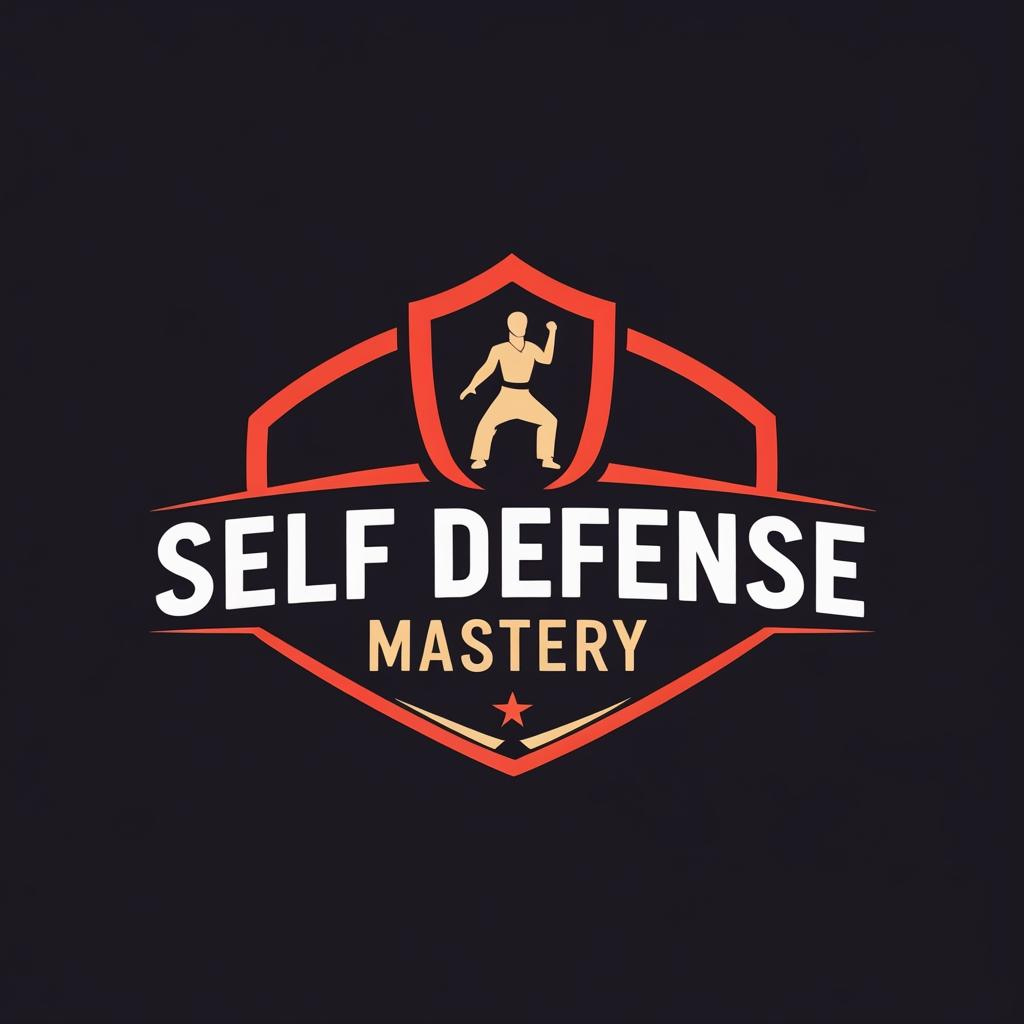How To Deal With A Bully Like An Adult
Bullying isn’t something left behind after school. Many adults find themselves targets of bullies in workplaces, families, or online. Adult bullying can be subtle or obvious, but it always eats away at confidence and well-being. Responding with maturity, assertiveness, and a focus on safety helps keep dignity intact, even in tough situations. This guide shows practical ways to recognize, confront, and manage bullies—so you can stand strong and protect your peace of mind.
Recognizing Bullying and Its Impact in Adult Life

Photo by Yan Krukau
Adult bullies are everywhere: the demanding boss, the gossipy coworker, or the family member who puts others down. Their actions range from shouting or shaming to spreading rumors or sabotaging work. Sometimes, the bullying is public and loud. Other times, it’s quiet, snide remarks, exclusion, or online attacks.
These behaviors cause real harm. Victims of adult bullying often feel stressed, anxious, or depressed. Their confidence drops. In extreme cases, bullying can even impact physical health or job security. Sometimes, the effects linger long after the bully is gone.
You don’t have to struggle alone. Most workplaces have policies against bullying. Some situations may reach the level of harassment, which is a legal issue. Knowing your rights and company guidelines is a good first step. For more on building awareness and spotting risks, explore the Awareness Archives on Self Defense Mastery.
Identifying Different Forms of Adult Bullying
Bullying takes many forms, and knowing the difference helps you spot problems early:
- Physical Bullying: Rare among adults, but still happens. Pushing, blocking exits, or threatening gestures fall in this category.
- Verbal Bullying: Name-calling, insults, sarcasm, or harsh jokes designed to hurt or belittle.
- Material Bullying: Involves using money or position to control someone. For Example, a boss withholding resources or a partner restricting access to funds are examples.
- Covert (Passive-Aggressive) Bullying: Gossip, exclusion, silent treatment, or spreading rumors; often hard to prove but deeply damaging.
- Cyberbullying: Attacks via social media, email, or texts. This might include posting embarrassing content or sending threats online.
Recognizing these patterns is key, as many adults dismiss or downplay bullying because it looks different than when they were kids.
Impact on Well-being and Safety
Bullying in adulthood chips away at emotional and physical health. Long-term exposure can trigger anxiety, trouble sleeping, low self-worth, and even physical symptoms like headaches.
Staying alert to these effects means you can act sooner. Awareness is your first shield in any situation. For tools on reading situations and people, learn more about situational awareness.
How to Respond to an Adult Bully With Confidence
You can’t always control a bully’s actions but can decide how to respond. Assertiveness, preparation, and clear steps set boundaries and protect your dignity.
If you feel unsafe, it’s always wise to review what counts as an imminent threat. The guide on what is an imminent threat at Self Defense Mastery can clarify when a situation shifts from rude to dangerous.
Assertive Communication and Boundary Setting
Standing up to a bully doesn’t mean shouting or being rude. Calm, direct words work best. The goal is to stop bad behavior, not to escalate the fight.
Sample phrases:
- “I am not comfortable with those comments. Please stop.”
- “I expect to be treated respectfully, even if we disagree.”
- “Let’s keep the conversation professional.”
Keep your voice steady. Make eye contact if possible. Repeat your request if needed, without apologizing for it. This approach takes the “fun” out of bullying—bullies often stop if they don’t get the desired reaction.
A good resource for learning this skill is the article on how to be assertive with adult bullies, which explains why speaking up calmly is more effective than reacting with anger or silence.
Documenting Incidents and Seeking Support
Don’t rely on memory alone. Keep a written log of every bullying incident. Note the date, time, location, what was said or done, and any witnesses. This gives you power if you need to talk to HR, management, or law enforcement.
If possible, ask supportive colleagues to witness interactions. They can back up your account and provide moral support.
Reach out to friends, family, or professional counselors. Sharing your experience lessens the burden and helps you see new options. For more information, see the advice on seeking help at Get Help Now.
Taking Action: Official Channels and Personal Safety
If the bullying continues, it’s time to go beyond direct communication. Report the problem to your manager, Human Resources, or a trusted leader. Show your documentation. If bullying is based on gender, race, age, or other protected traits, it could be harassment; a legal matter.
Sometimes, walking away is safest. This isn’t weakness; it’s smart self-protection. If a bully’s behavior hints at violence, contact law enforcement or seek immediate help.
Understand what counts as a threat. The Self Defense Mastery guide on proportional response in self-defense explains how to judge your response if you feel at risk.
Final Thoughts
Bullying from adults may look different than in childhood, but the pain is real. Recognizing the signs and knowing your options makes all the difference. Speak up calmly, set clear boundaries, and keep careful records. Don’t be afraid to lean on your support network or seek outside help.
Dignity and safety come first. Using these strategies shows bullies that you will not be an easy target. Keep learning about situational awareness and self-protection. The more prepared you are, the less power a bully will have over you.

![What To Say And Not Say To Police After A Self-Defense Incident [2025 Guide] What to Say and Not Say to Police After a Self-Defense Incident](https://selfdefensemastery.com/wp-content/uploads/2025/04/police-scene-dusk-crime-tape-guide.jpg)




